Are you curious about the alcohol content in champagne? This guide, brought to you by HOW.EDU.VN, delves into the alcohol by volume (ABV) of champagne, exploring the factors that influence it, comparing it to other beverages, and answering your burning questions about this celebratory drink. Discover everything you need to know about champagne’s alcohol content and make informed choices about your consumption with insights from world-class experts.
1. Understanding the Alcohol Percent of Champagne
The alcohol percent of champagne typically falls between 11% and 13%, with an average of around 12% ABV. This places champagne in the medium-alcohol wine category. Understanding this range is essential for responsible consumption.
ABV, or Alcohol by Volume, represents the percentage of pure alcohol in a beverage. Thus, a 12% ABV in champagne means that 12% of the liquid is pure alcohol. Other terms for ABV include alcohol content, alcohol percentage, alcohol volume, strength, and alcohol strength. In some regions, like the United States, alcohol is measured in “proof,” which is double the ABV. Therefore, 12% ABV translates to 24 proof.
2. The Alcoholic Magic: What Makes Champagne an Alcoholic Drink?
Champagne’s alcoholic nature arises from the yeast fermentation process. Grapes—typically Pinot Noir, Pinot Meunier, and Chardonnay—are fermented with yeast. Yeast consumes the natural grape sugars, producing alcohol and carbon dioxide as byproducts.
For champagne, the Methode Champenoise, a two-stage fermentation process, is used. After the initial fermentation, which yields a wine with about 9% ABV, a small amount of sugar (cane or beet) and more yeast are added. The bottle is then capped, allowing a second fermentation within the bottle. This second fermentation increases the alcohol content to around 12% and produces carbon dioxide, creating champagne’s signature bubbles. The yeast cells also die and decompose, imparting the distinctive toasty and yeasty flavors characteristic of champagne.
3. Factors Influencing Champagne’s Alcohol Content
Several factors influence the alcohol content of champagne:
-
3.1 Grape Variety: Different grape varieties possess varying levels of sugar and acidity. Higher sugar content leads to higher alcohol content after fermentation. For example, Chardonnay typically results in a lower ABV compared to Pinot Noir, which has higher sugar content. Conversely, grapes with higher acidity, such as Pinot Meunier, tend to produce lower alcohol content due to slower fermentation. Blending grape varieties balances alcohol levels, with the final ABV influenced by the proportions of each variety.
-
3.2 Climate and Weather Conditions: The Champagne region is divided into five subregions, each with its own climate. In colder subregions like Montagne de Reims, grapes may struggle to ripen fully, resulting in lower sugar levels and lower alcohol content. In warmer subregions such as Côte des Bar, grapes ripen more easily, leading to higher sugar levels and higher alcohol content.
-
3.3 Harvest Timing: Harvesting timing determines the grapes’ ripeness, sugar content, and acidity. Harvesting too early can result in insufficient sugar levels, leading to lower alcohol formation during fermentation. Winemakers must carefully consider harvest timing, as even minor variations can significantly impact the final product.
-
3.4 Fermentation Process: Winemakers manage the fermentation process to influence the champagne content of alcohol.
- Temperatures: Warmer temperatures accelerate fermentation, resulting in champagne with higher alcohol content. Cooler temperatures slow down the process, leading to lower alcohol content.
- Yeast Selection: Different yeast strains possess varying characteristics, including alcohol tolerance and flavor production. Some strains may produce higher alcohol levels, while others emphasize aromatic or textural qualities.
- Fermentation Vessel: Stainless steel tanks provide a neutral environment, preserving fruit purity, while oak barrels can impart additional flavors and textures, influencing the alcohol content. The size and shape of fermentation vessels can also affect temperature control and yeast activity, ultimately impacting the alcohol content of champagne.
4. How Much Champagne Does It Take to Get Drunk?
With an average alcohol percentage around 12%, champagne can certainly get you drunk. On average, it takes about three glasses of champagne to intoxicate an adult. The carbonation in champagne can lead to faster absorption of alcohol into the bloodstream, causing a quicker spike in blood alcohol concentrations compared to still drinks.
A study by Oxford Academic found that alcohol spikes were traced in participants within five minutes of consuming champagne, compared to around 15 minutes for flat champagne. This champagne alcohol content leads to quicker intoxication compared to non-carbonated drinks.
Practice moderation; sip slowly, aiming for one drink per hour to stay clear-headed.
5. Calculating Alcohol Content in a Champagne Bottle
The average alcohol percent of champagne is approximately 12%. To determine how much alcohol is in a champagne bottle, check its label for the ABV. For instance, a Moet & Chandon Brut Imperial Champagne 750ml displays 12% ABV, which is the average.
Here’s how to calculate alcohol content in a 750ml bottle with 12% ABV:
-
5.1 Alcohol Content by Volume:
Alcohol Volume (ml) = Total Volume x ABV = 750 ml x 12% = 750 ml x 12/100 = 90 ml -
5.2 Alcohol Content by Mass:
Alcohol Mass (g) = Alcohol Volume (ml) × Density of Alcohol (g/ml) = 90 ml x 0.789 g/ml = 71.01 g(Note: Density of Alcohol is approximately 0.789 g/ml)
-
5.3 Alcohol Content by Energy:
Energy Content (Kcal) = Alcohol Mass (g) x Energy Content of Alcohol (Kcal/g) = 71.01 g x 7 Kcal/g = 497.07 Kcal(Note: Energy Content of Alcohol is approximately 7 Kcal/g)
This process allows you to calculate the alcohol content from various perspectives.
6. Alcohol Content in a Champagne Glass
A standard 750ml bottle of champagne serves around six glasses. Therefore, each glass of champagne contains 1/6th the alcohol content by volume, mass, and energy as the bottle.
For example, using the same Moet bottle:
-
6.1 Alcohol Content by Volume:
= Alcohol Content by Volume in a Champagne Bottle ÷ 6 = 90 ml ÷ 6 = 15 ml -
6.2 Alcohol Content by Mass:
= Alcohol Content by Mass in a Champagne Bottle ÷ 6 = 71.01 g ÷ 6 = 11.83 g -
6.3 Alcohol Content by Energy:
= Alcohol Content by Mass in a Champagne Bottle ÷ 6 = 497.07 Kcal ÷ 6 = 82.84 Kcal
Remember that different bottle sizes serve different numbers of glasses. A Magnum-sized Moet bottle serves 12 glasses, doubling the amount compared to a standard bottle.
Alcohol Content Comparison: Bottle vs. Glass
| Quantity | Alcohol by Volume | Alcohol by Mass | Alcohol by Energy |
|---|---|---|---|
| Standard Bottle of Champagne (750ml) | 90 ml | 71.01 g | 497.07 Kcal |
| Glass of Champagne | 15 ml | 11.83 g | 82.84 Kcal |
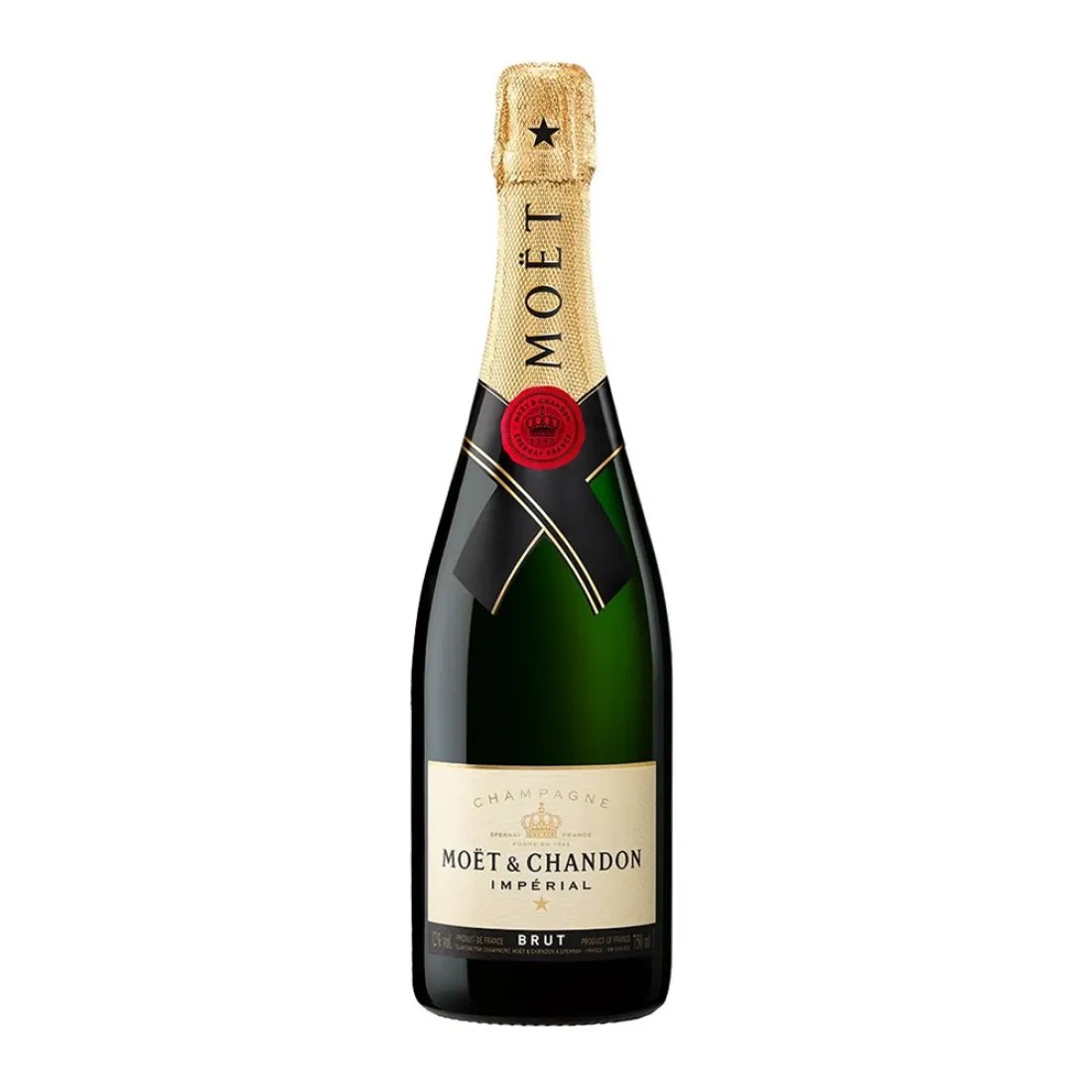
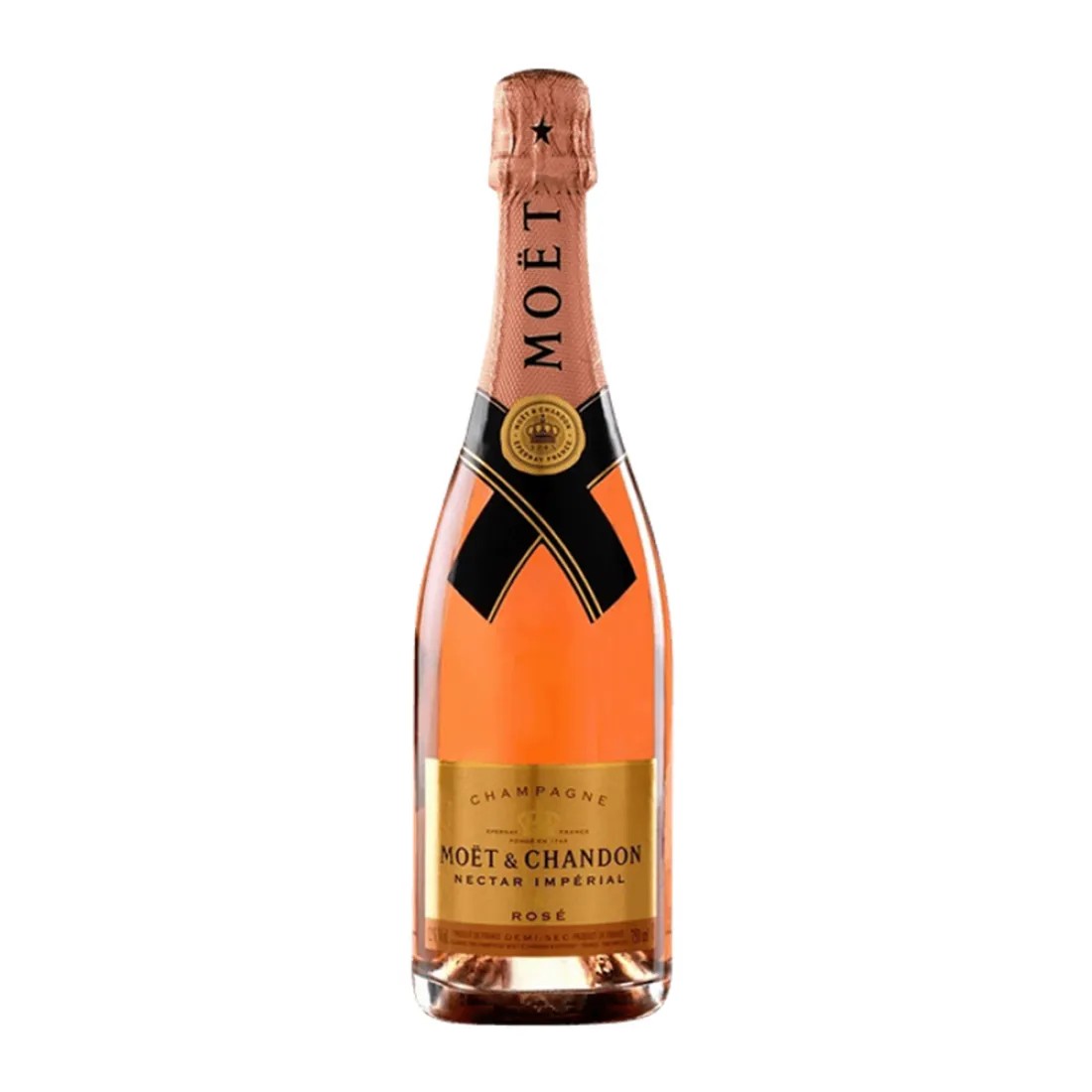
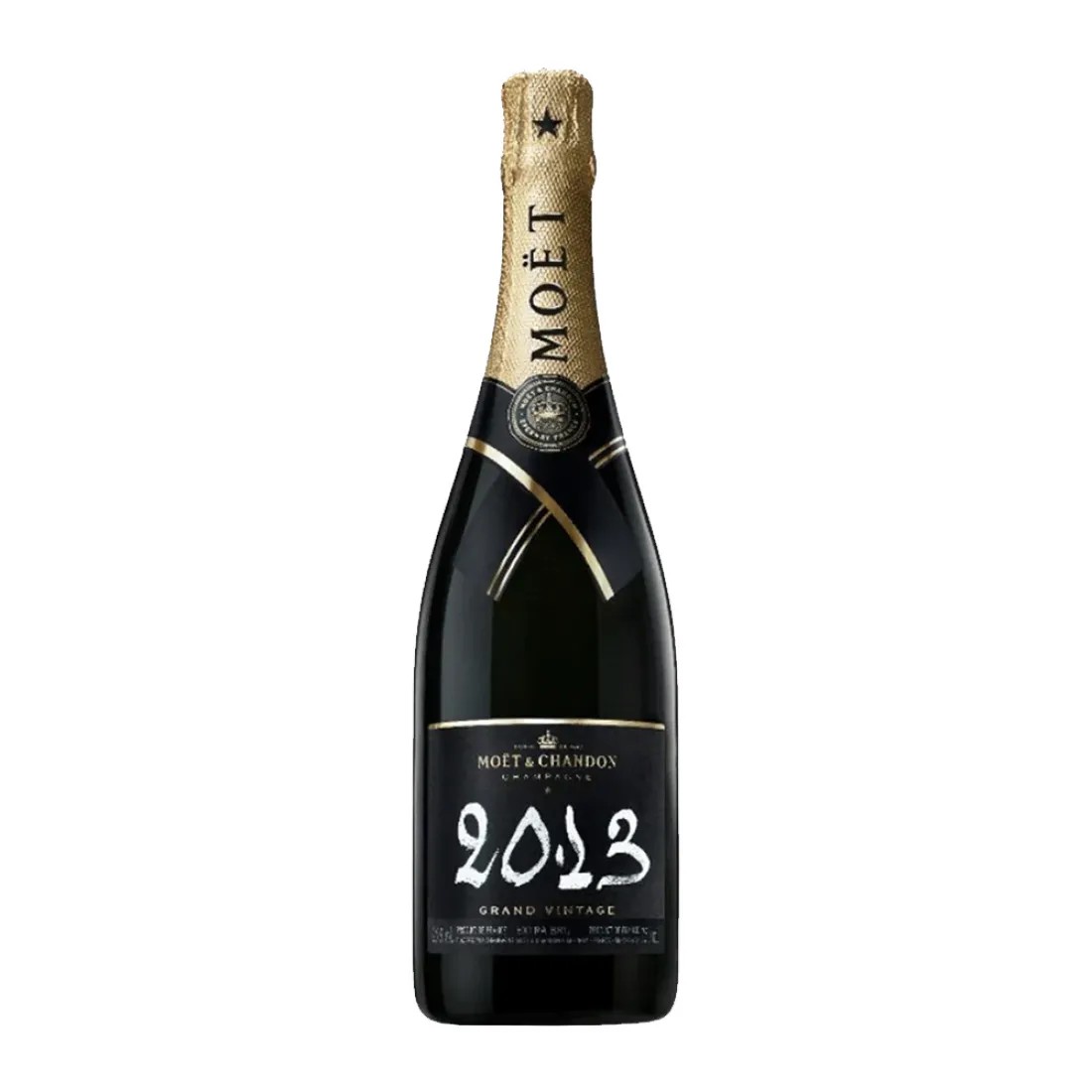
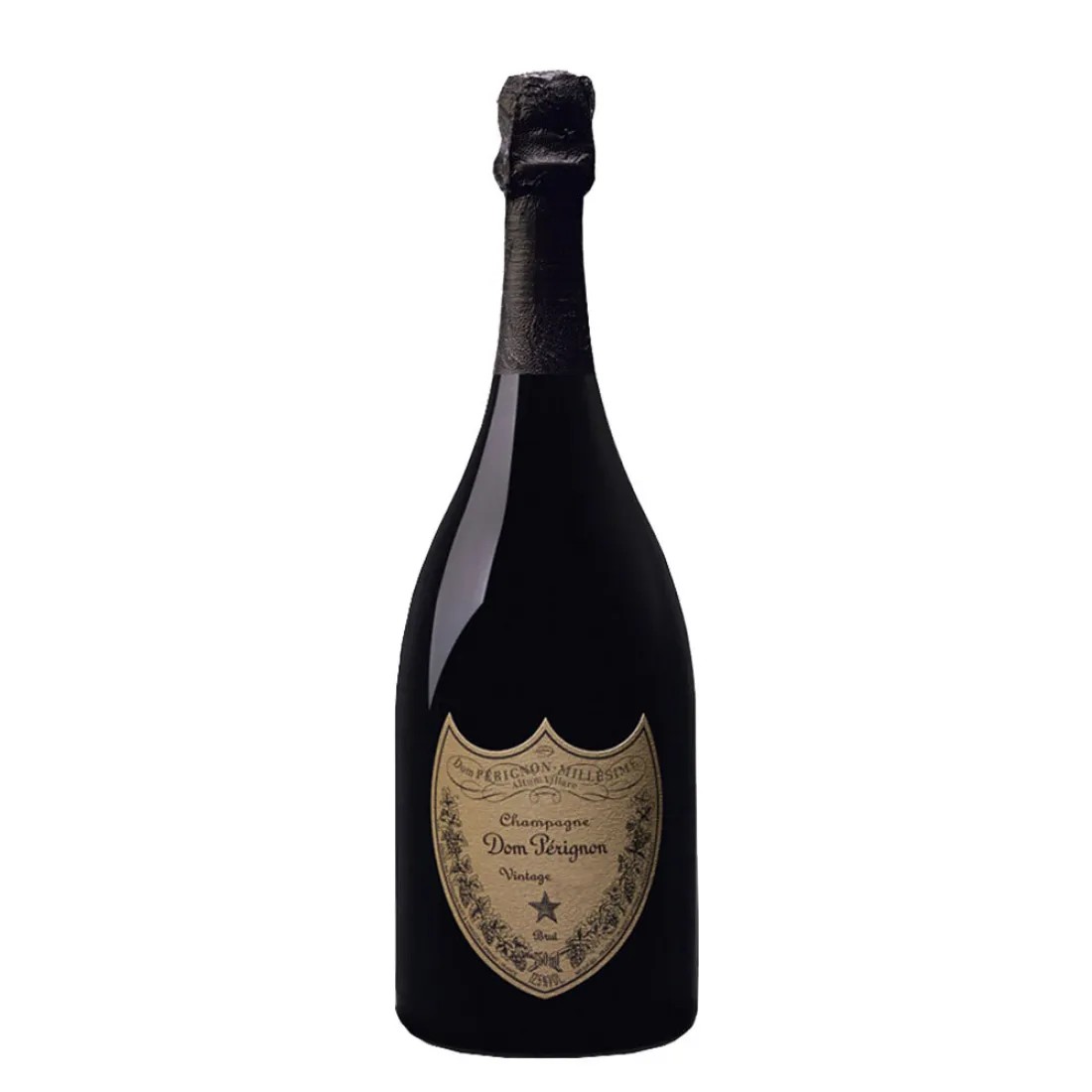
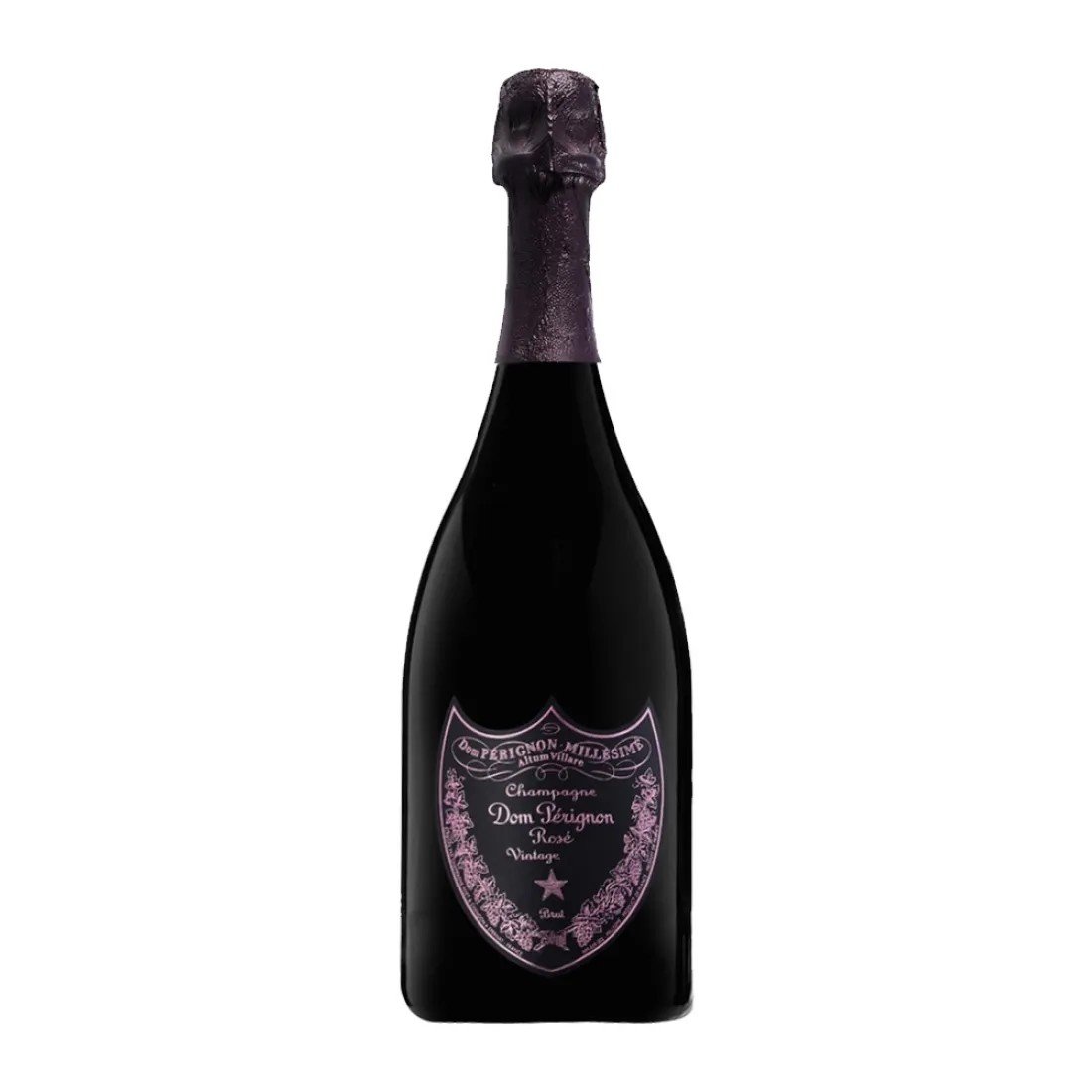
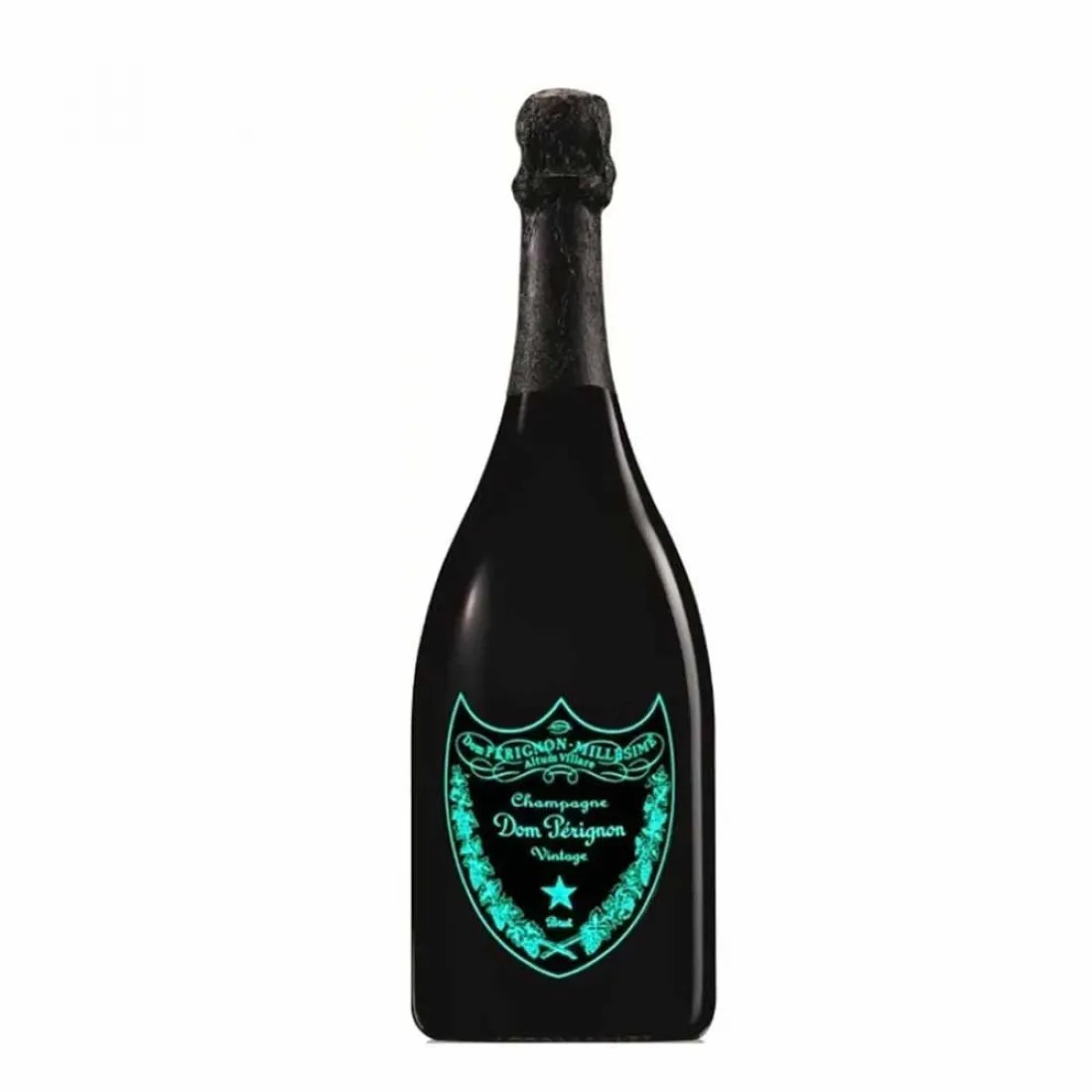
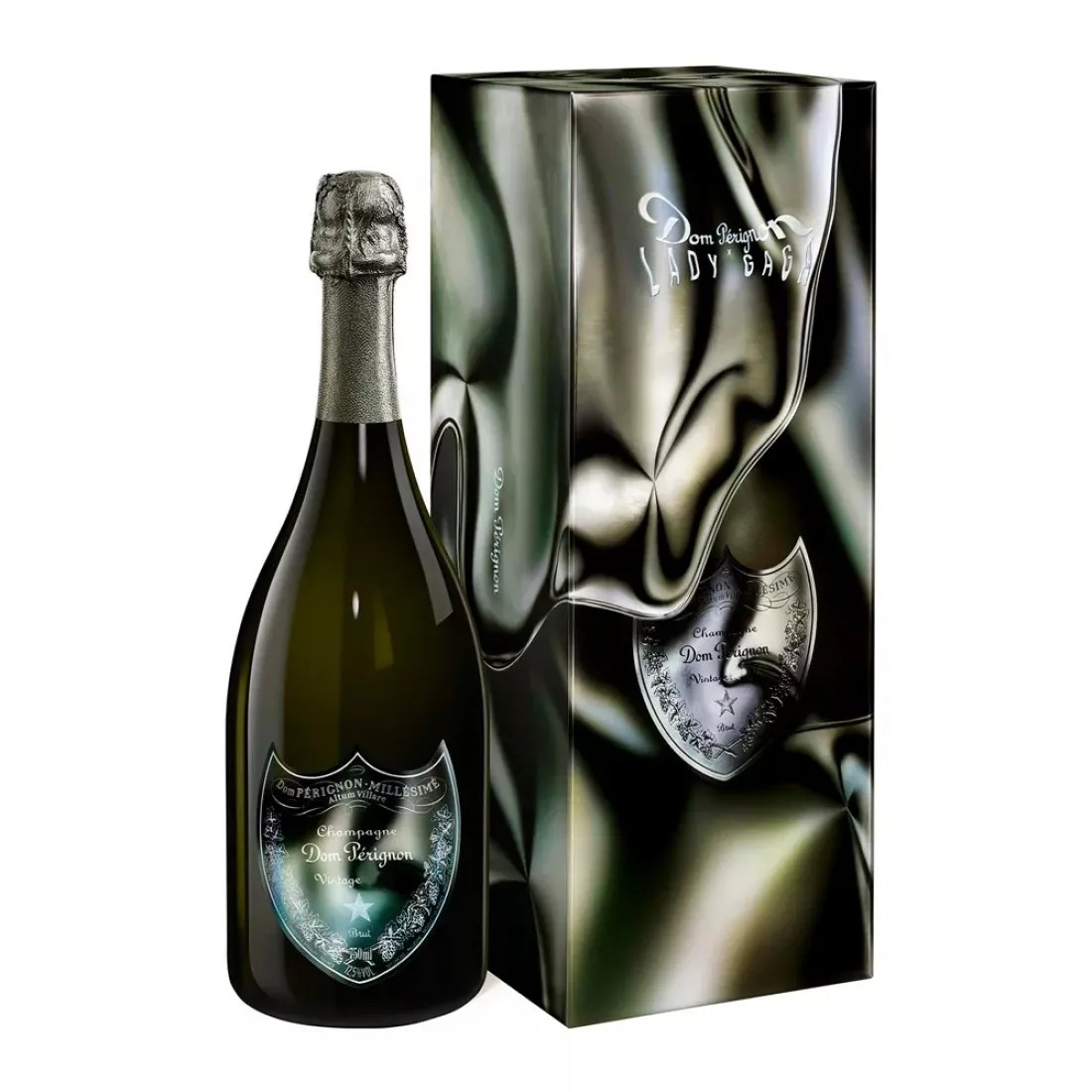
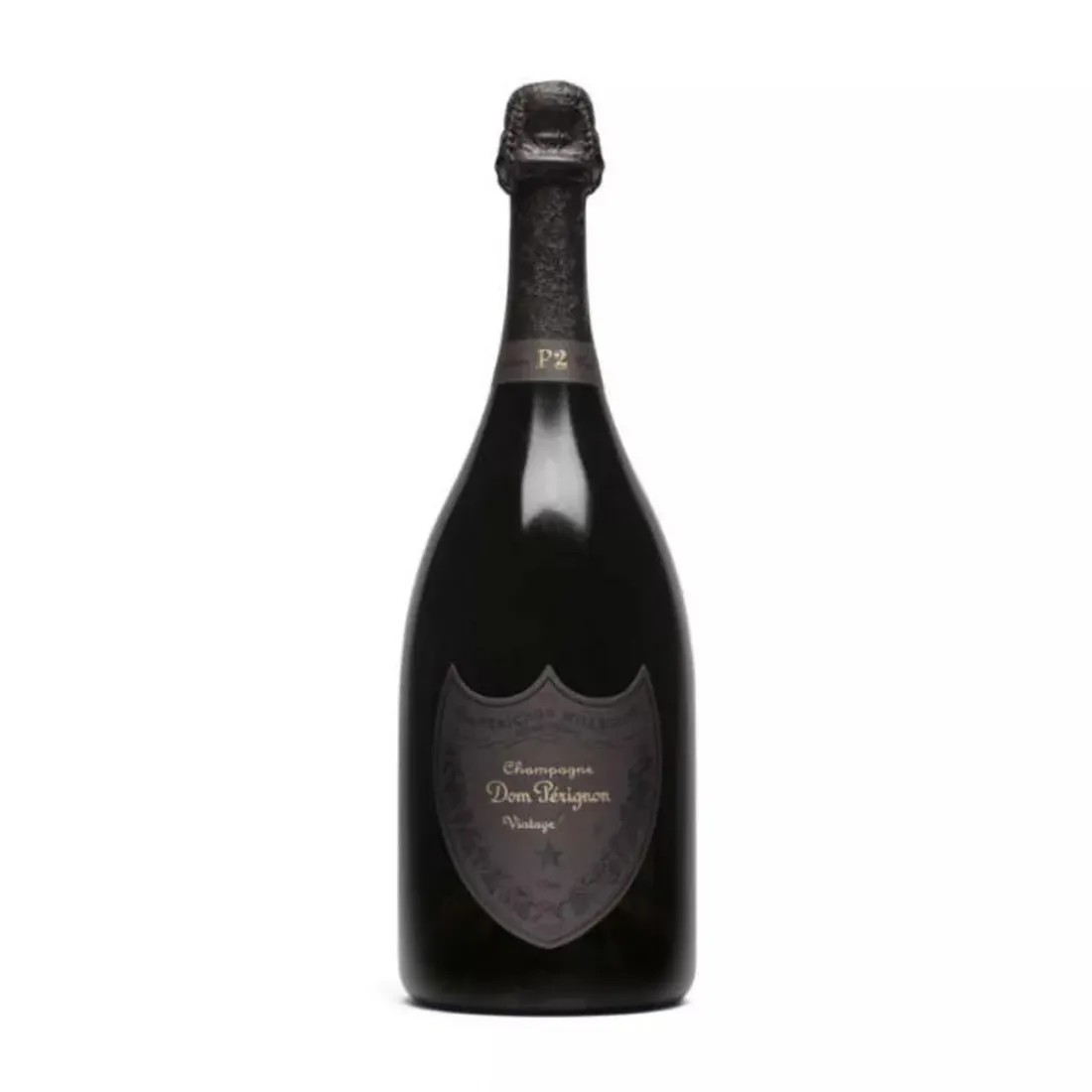
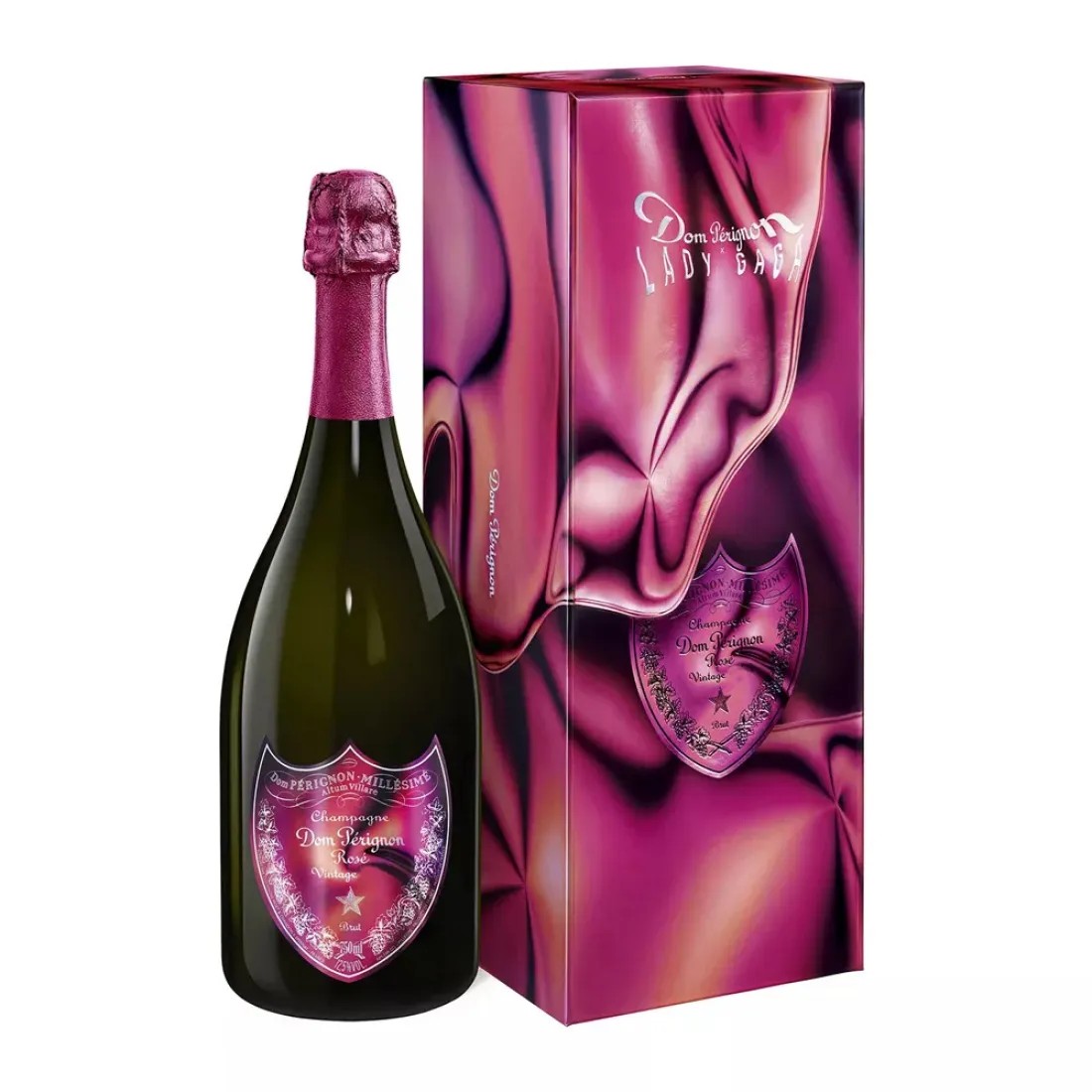
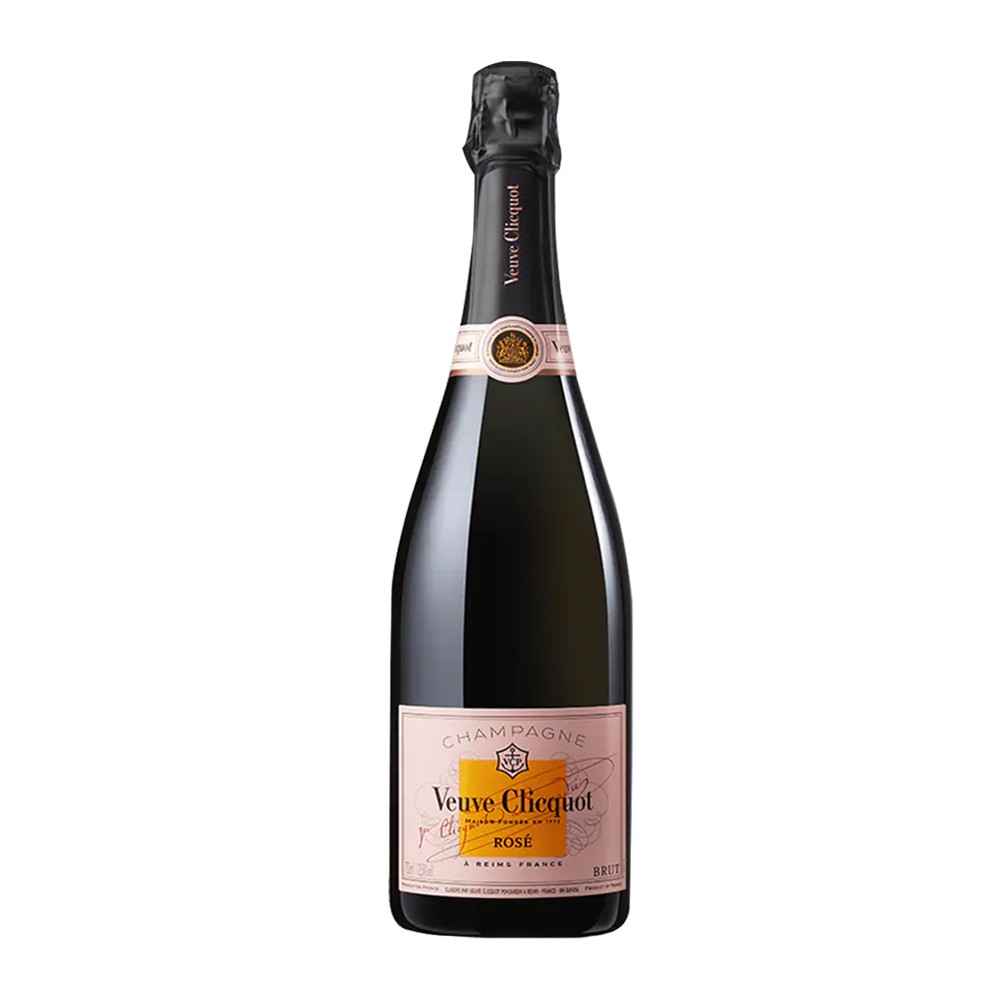
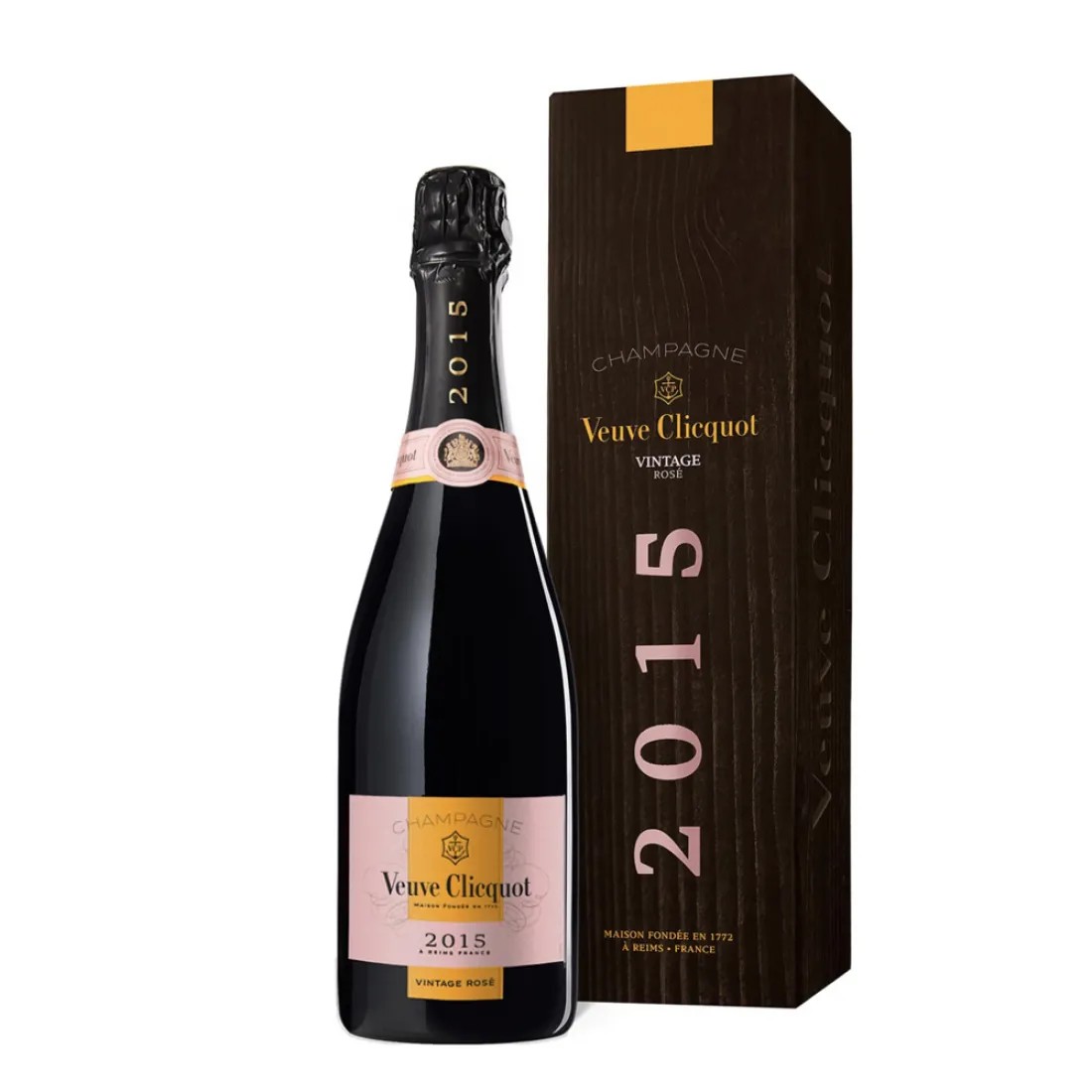
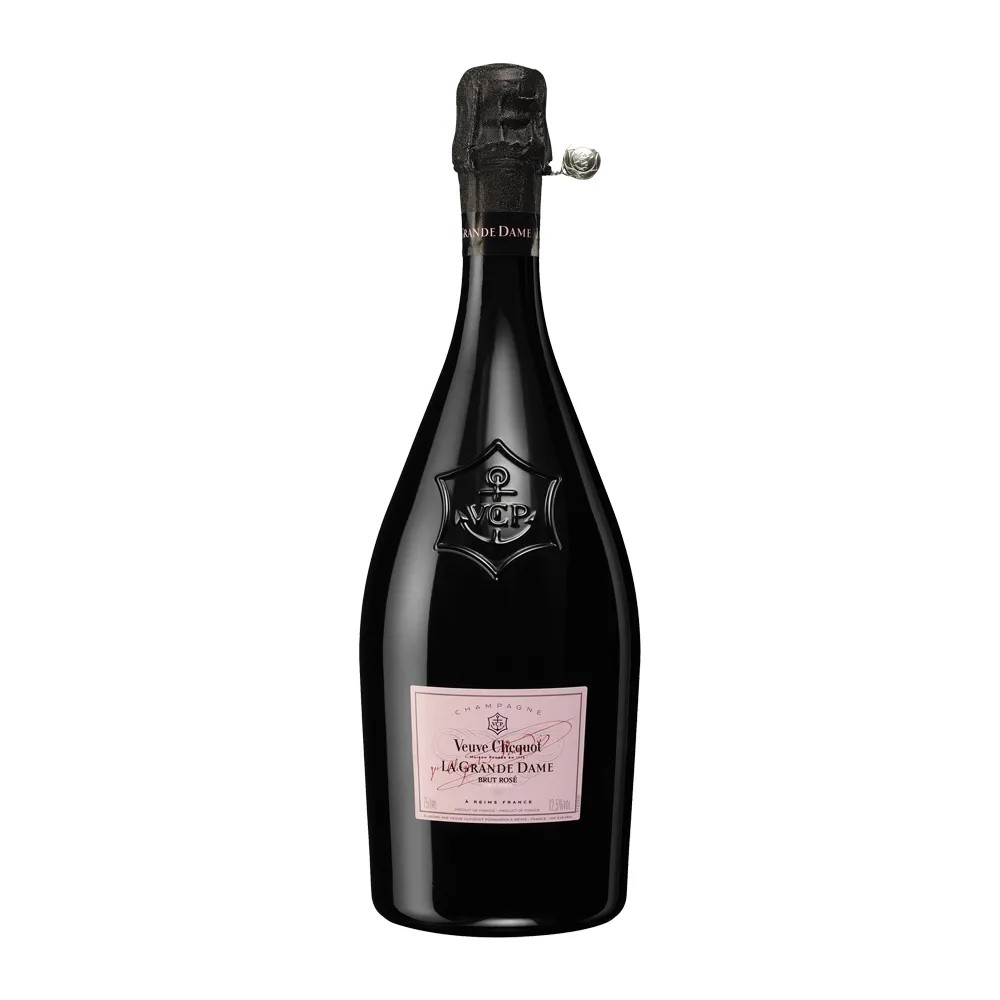
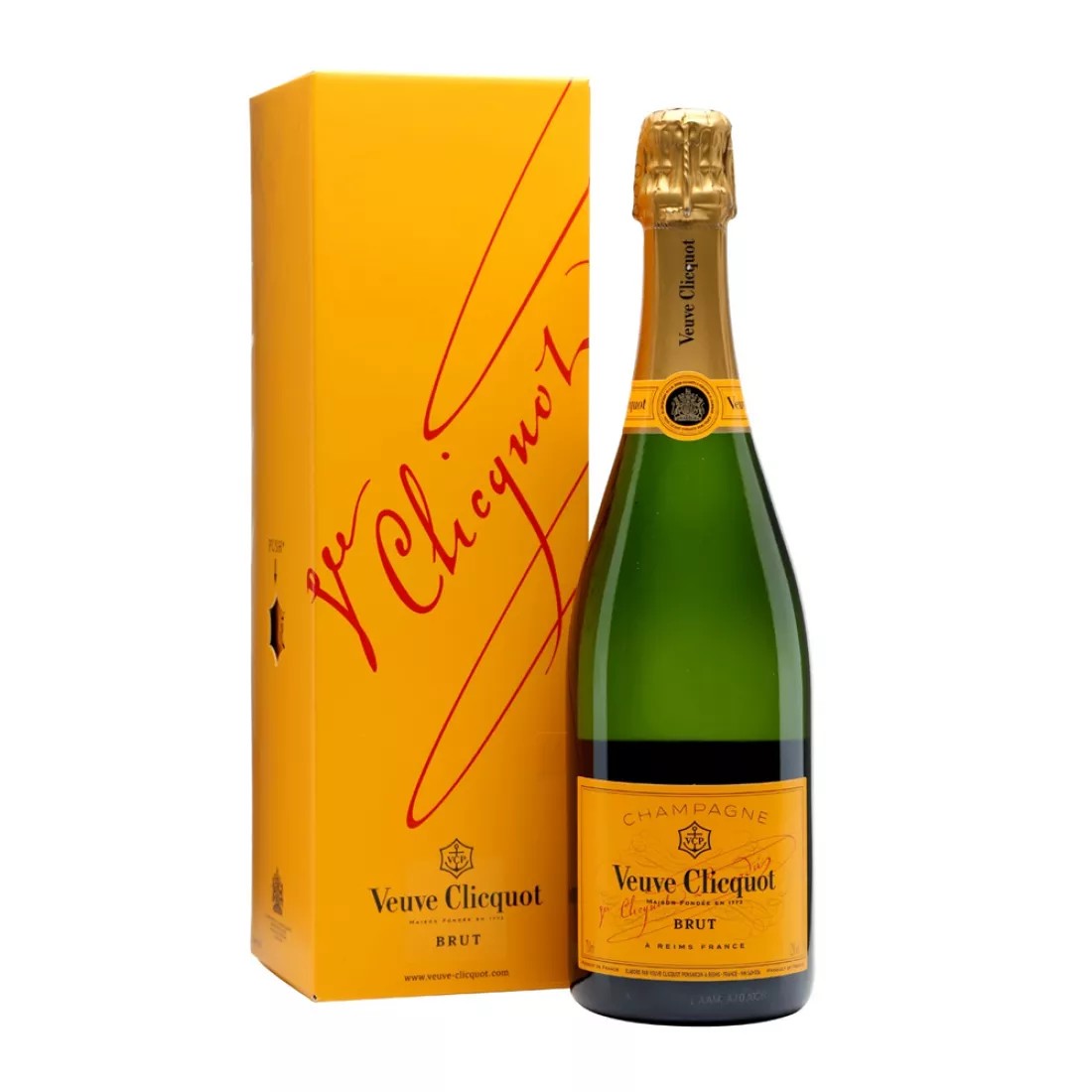
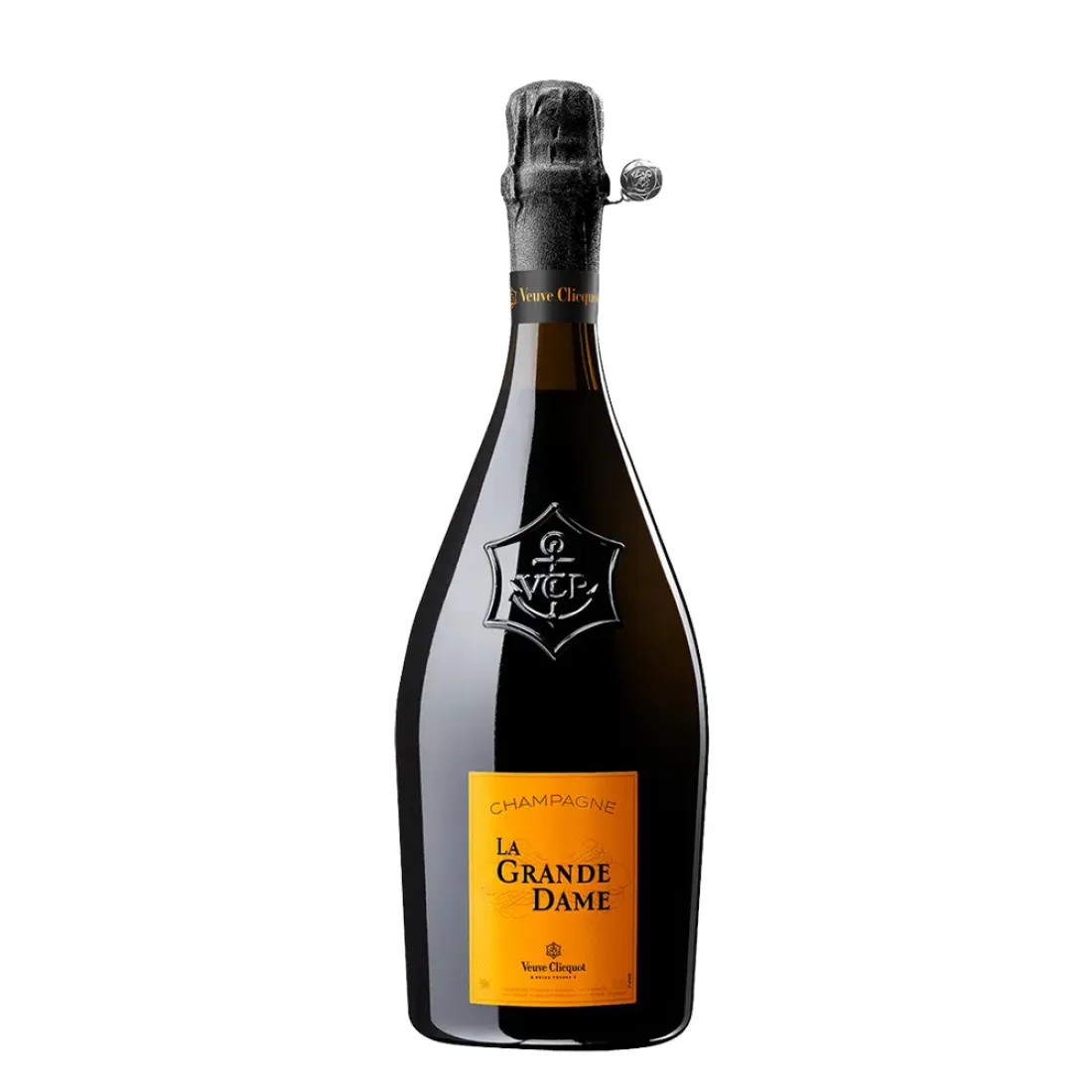
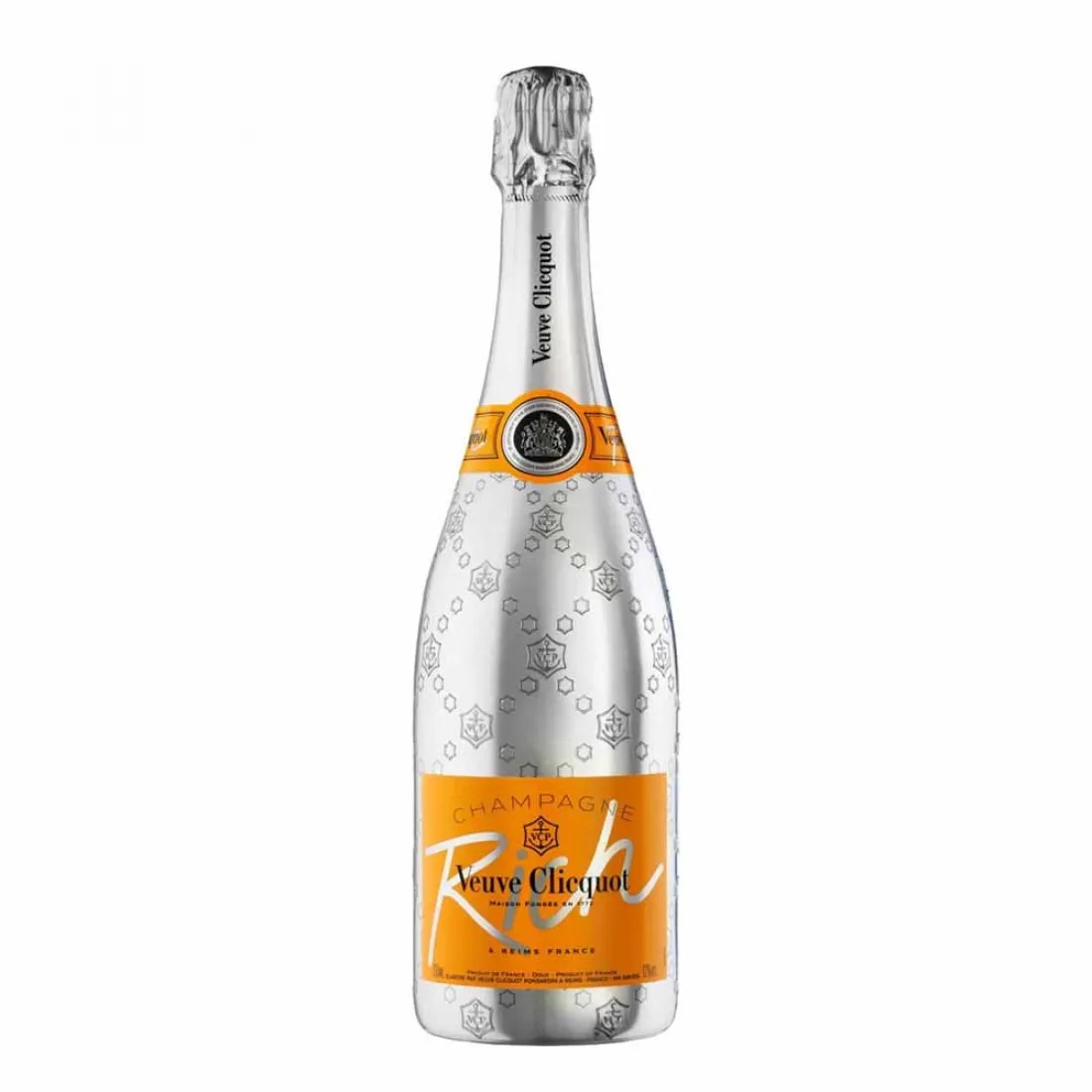
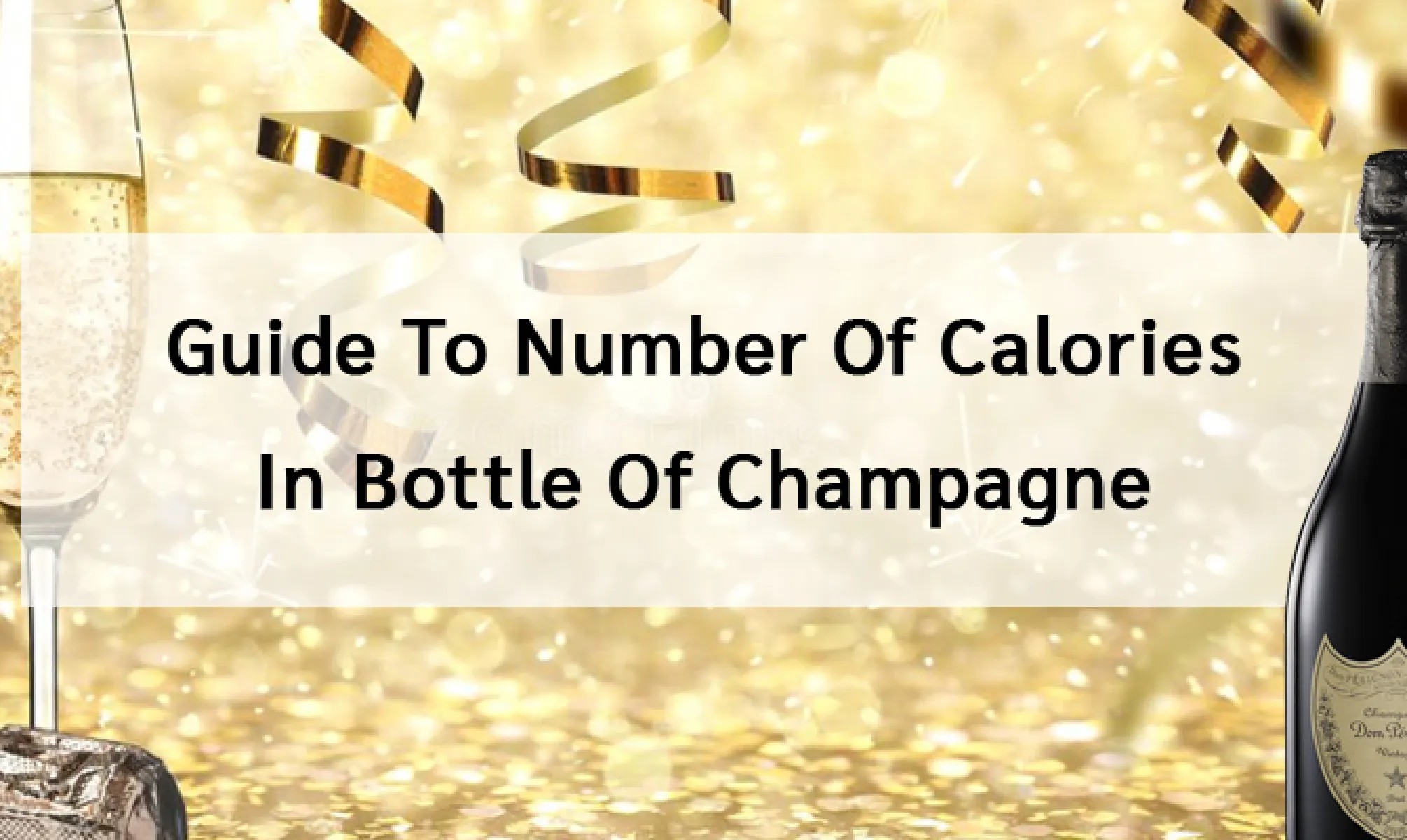
7. Champagne vs. Other Wines: Alcohol Content
Champagne alcohol content is generally less than that of other wines. The ABV range of wines varies from 5.5% to 23%. Champagne, with its average ABV of 12%, maintains a mid-level position. Wines with lower ABVs include light-bodied wines like Riesling and Pinot Grigio, while wines with higher ABVs include full-bodied wines like Cabernets and Zinfandels.
- ABV Range of Red Wines: 12%-15%
- ABV Range of White Wines: 9%-13.5%
- ABV Range of Rose Wines: 10.5%-13.5%
- ABV Range of Dessert Wines: 14%-20%
- ABV Range of Fortified Wines: 15%-22%
- ABV Range of Ice Wines: 8%-13%
8. Champagne vs. Other Sparkling Wines: Alcohol Content
How does champagne compare to other sparkling wines like Prosecco, Cava, and Sekt?
- Prosecco: (Italy) 11%-13% ABV, known for its light and fruity flavor.
- Asti: (Italy) 7%-9% ABV, known for its sweet and floral characteristics.
- Franciacorta: (Italy) 11%-13% ABV, known for its complex flavor.
- Cava: (Spain) 12.5%-13.5% ABV, known for its crisp acidity.
- Sekt: (Germany) 10%-12% ABV, known for its aromatic profile.
- Cremant: (France) 10%-12% ABV, known for its fine perlage.
These sparkling wines have slight variations in strength compared to champagne.
9. Champagne vs. Beer: Alcohol Content
Beers typically have a lower alcohol content, ranging from 4%-6% ABV, making them less likely to cause quick intoxication despite their carbonation.
10. Champagne vs. Spirits: Alcohol Content
Spirits, or hard liquors, have much higher ABV percentages compared to champagne:
- ABV Range of Vodka: 40%-50%
- ABV Range of Rum: 40%-75%
- ABV Range of Whiskey: 40%-60%
- ABV Range of Gin: 40%-50%
- ABV Range of Tequila: 35%-55%
- ABV Range of Brandy: 35%-60%
11. Alcohol Content in US-Based “Champagne”
Many US wineries market their sparkling wines as champagnes. Here’s a look at their alcohol content:
- 11.1 Andre Champagne: 6.5%–10.5% ABV.
- 11.2 Barefoot Bubbly Champagne: 10.5% to 11.5% ABV.
- 11.3 Korbel Champagne: 11% to 12.5% ABV.
- 11.4 Cook’s Champagne: 11% to 13% ABV.
12. Alcohol Content in Belaire Champagne
Luc Belaire, a French sparkling wine manufacturer based in Burgundy, produces wines that are promoted as Champagnes. The alcohol content in Luc Belaire Champagne is typically 12.5%.
13. Alcohol Content in Top Champagne Brands
Let’s explore the alcohol content in bottles from renowned champagne brands:
-
13.1 How Much Alcohol Is In Moet Champagne?
Moet & Chandon champagnes range from 12% to 13% ABV.
ABV Moët & Chandon Brut Imperial Champagne 12% Moet & Chandon Brut Rosé Imperial 12% Moet & Chandon Vintage 2013 Champagne 12.5% Dom Pérignon Brut Champagne 12.5% Dom Pérignon Rosé Champagne 13% Dom Pérignon Luminous Brut 13% Dom Perignon Lady Gaga Brut Champagne 12.5% Dom Pérignon Plenitude (P2) Brut Champagne 13% Dom Perignon Lady Gaga Brut Rose Champagne 13% -
13.2 How Much Alcohol Is In Veuve Clicquot?
Veuve Clicquot champagnes range from 12% to 12.5% ABV.
ABV Veuve Clicquot Brut Rosé Champagne 12.5% Veuve Clicquot Vintage Rose Champagne 2015 12% Veuve Clicquot La Grande Dame Brut Rose 12.5% Veuve Clicquot Brut Yellow Label 12% Veuve Clicquot La Grande Dame 12.5% Veuve Clicquot Rich Champagne 12%
14. Understanding the Relationship Between Alcohol and Calories in Champagne
Just like the dosage in a champagne bottle, its alcohol content proportionally influences its calorie count, with each ml of pure alcohol accounting for 5–6 calories. So, if you are running calorie-conscious, you must be aware of the alcohol content in the champagne you are sipping.
Final Thoughts
This guide has explored the alcohol content in champagne, the factors influencing it, and how it compares to other drinks. Understanding these aspects allows for responsible and informed enjoyment of champagne.
If you’re seeking expert guidance on understanding alcohol content or any other wine-related topic, HOW.EDU.VN offers access to world-renowned experts and Ph.D.s ready to assist you. Contact us today for personalized advice. Our team of over 100 Ph.Ds can address your specific concerns.
Connect with the experts at HOW.EDU.VN for personalized insights and guidance.
Address: 456 Expertise Plaza, Consult City, CA 90210, United States
WhatsApp: +1 (310) 555-1212
Website: how.edu.vn
Frequently Asked Questions About Champagne Alcohol Content:
-
Is champagne the strongest alcohol?
No, champagne is not the strongest alcohol; it has a lower alcohol content than spirits like vodka and whiskey.
-
Can 1 glass of champagne get you drunk?
It’s unlikely that one glass of champagne will get you drunk unless consumed quickly or if you have a low tolerance. On average, it takes about 3 glasses of champagne to intoxicate an adult.
-
How much alcohol in champagne glass?
The alcohol content in a standard glass of champagne is around 12%, or approximately 15 ml, based on a standard pour size of 125 ml per glass.
-
How many shots equal a bottle of champagne?
It varies, but a standard bottle of champagne (750 ml) contains about 5 to 6 standard shots.
-
Does champagne get you drunk fast?
Yes, champagne can lead to quicker intoxication because the carbonation-induced bubbles lead to faster alcohol absorption in the bloodstream.
-
Why is it so easy to get drunk on champagne?
Champagne can contribute to faster intoxication due to its carbonation, which can accelerate alcohol absorption, along with its typically lower alcohol content compared to spirits.
-
Is champagne stronger than wine?
Champagne generally has a lower alcohol content than other wines and is considered a medium-alcohol wine.
-
Is Champagne a healthier alcohol?
In moderation, champagne can be considered healthier due to its lower alcohol and calorie content compared to many other alcoholic beverages.
-
Does Champagne get you drunk faster than vodka?
Champagne may not get you drunk faster than vodka because it has a much lower alcohol content.
-
Are there any wine tours or tasting experiences available in Napa Valley for Cabernet Sauvignon enthusiasts?
Yes, Napa Valley offers wine tours, tastings, and experiences tailored to Cabernet Sauvignon lovers, featuring iconic wineries and vineyard estates.
-
What alcohol is the hardest to get drunk on?
The alcohol that’s hardest to get drunk on varies, but beverages with lower alcohol content or those consumed slowly, like beer or certain cocktails, might be harder to get drunk on for some people.

